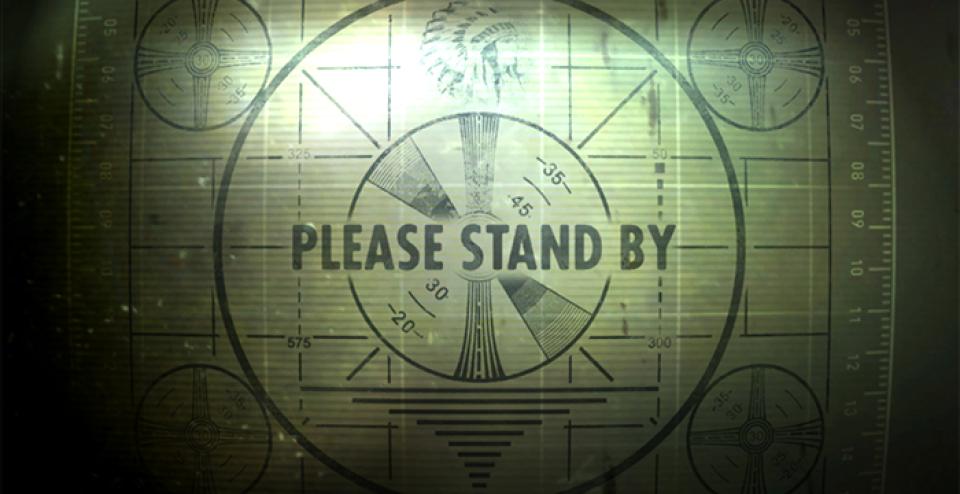
Coauthors: Maya Ganesh and Dalia Othman
There are a growing number of resources to prevent and respond to many kinds of online harassment faced by women and marginalised people working as activists, human rights defenders or journalists. But what happens ‘the day after’ an attack? What happens after the more urgent crisis phase(s) of a campaign of harassment passes? In the aftermath of harassment, how do online behaviours and relationships with technology change?
What happens after the more urgent crisis phase(s) of a campaign of harassment passes? In the aftermath of harassment, how do online behaviours and relationships with technology change?
It is most likely that there is no single arc of harassment with a clear beginning, middle, and certain end. In many cases, attacks or harassment can be ongoing and persistent. For those who use the internet for work, activism or political engagement, “coming back to tech” after facing harassment can be a given despite the difficulties associated with the sites of harassment and harm.
So we ask how we can support women to remain effective and confident in their use of technology for activism despite facing harassment? What do we need to know about how women adapt to the reality of harassment in order to continue to enable security and privacy for their activism and communities? How relevant are existing studies of resilience to women facing online harassment?
Tactical Tech has started developing a new research-based intervention titled ‘Coming Back to Tech’ that will document how facing online harassment impacts on women’s digital and offline behaviours, activism, their communities and presence in networks. Drawing from our work over the past few years, such as our Gender & Tech Institutes , Holistic Security, and Digital Security research projects, we’re developing new work to look at what happens in the aftermath of online attacks. What do allies and communities need to know to be effective supporters? What kinds of behavioural adaptations enter into women’s use of technology, and what does this mean for their continued ability to secure their spaces online?
What do allies and communities need to know to be effective supporters?
We’re in a pilot phase, exploring approaches, and having conversations with different groups of actors. One of the first conversations we had was at the Feminist Internet ExChange Hub (FIX) at AWID. In a session focused on “coming back to tech”, we worked with 15 participants in thinking through the personal, inter-personal and ‘interface’ elements of what happens after different kinds of harassment, from doxxing and cyberstalking to revenge porn to verbal abuse. Here are some glimpses from that session.
- There was a tendency by the participants to focus on how to respond to online harassment as it occurs, instead of how to continue to be effective online after facing harassment. Many people working in this area are focused on raising awareness about online harassment, and tactics to prevent it by describing how it happens, or enabling women to protect themselves and manage their spaces following attacks.
The sustained focus is on the victim who may feel shamed in perpetuity. And often, the victim may blame themselves
- One participant described the “double and triple victimizations” that can take place. The first layer of victimization is the violation of privacy as a space or relationship is violated; the second is social shaming, the risk of facing arrest (in the case of revenge porn, for example, producing and circulating such images is tantamount to pornography), and possible expulsion from one’s communities; and the third layer of victimisation is that the victim blaming-and-shaming results in an eventual erasure of memory of who actually conducted the crime and what it was. The sustained focus is on the victim who may feel shamed in perpetuity. And often, the victim may blame themselves (“why did I take those pictures in the first place?!”), and are often not motivated to seek help and support. They need a supportive community who can help them take care of themselves.
- Participants described how they felt unqualified to help victims of severe online harassment address certain issues. They needed access to psycho-social expertise and local legal assistance that the movement couldn’t initially offer victims.
- Participants found that while social media platforms offer a rapid response to online harassment, there are very few technical solutions that help facilitate women activists’ ‘re-entry to tech’.
There are very few technical solutions that help facilitate women activists’ ‘re-entry to tech’.
From our conversations with the participants we recognize that thinking about being secure after harassment, in the short, medium and long term, is difficult for people to get their heads around. We lack evidence of how women maintain their online spaces and relationships, what changes, and the new online practices they adopt in order to adapt to changed contexts of risk.
We’re looking forward to more such conversations as we continue to plan this project. We hope this research will inform practical resources for targets of online harassment, as well advice for their allies, supporters and organisations. If you have experienced online harassment and have a story and/or advice for those dealing with the aftermath of an online attack, please contact us at gt [at] tacticaltech.org.
- 10004 views









Add new comment